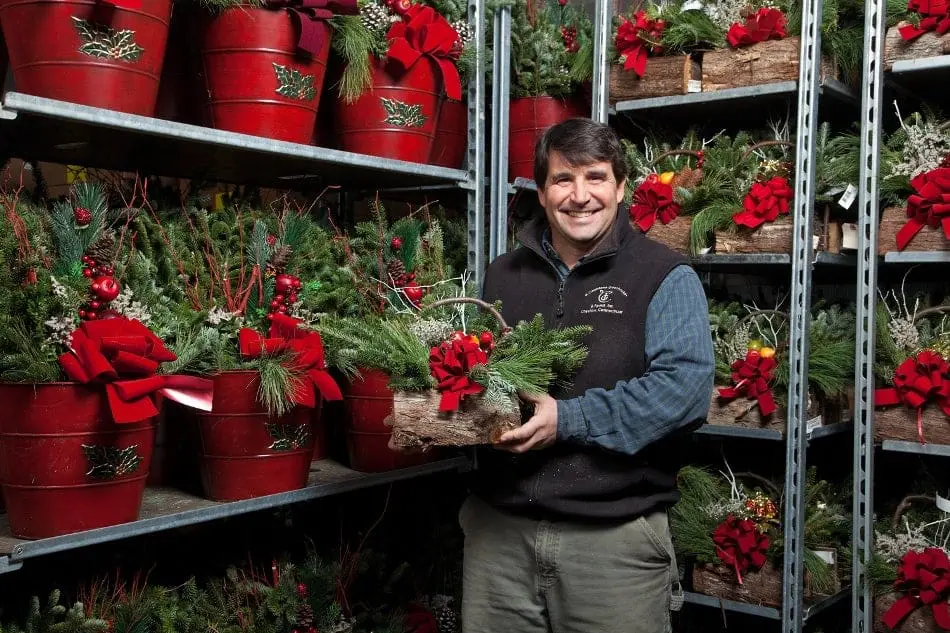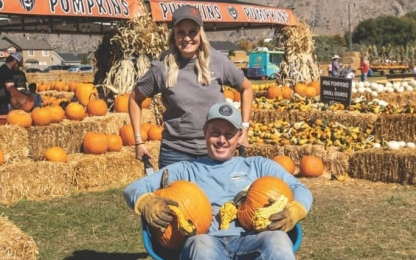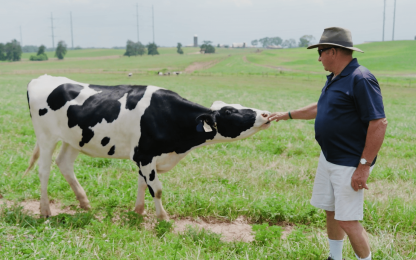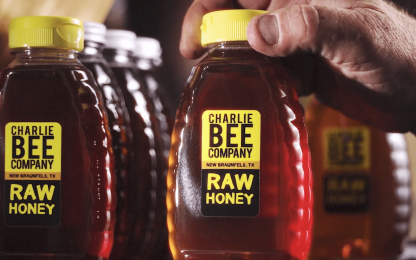John Casertano never thought he would become a nursery operator, but his return to the family business has been nothing short of remarkable.
Raising a consistent supply of healthy, vibrant bedding plants year after year requires quite a green thumb; sustaining and growing a successful business requires a green thumb of a different kind. Third generation nursery operator John Casertano has both, taking over his family’s operation and continuing to expand it.
Interestingly, John expected to be a teacher. “Our parents weren’t the type to encourage us to get involved in the business,” he says. “I never considered doing this when I was growing up.” After teaching abroad for a year, a management change created an opportunity for John to start working with his father and today he owns 100 percent of N. Casertano Greenhouses and Farms.
Continuing to grow
The operation grows annuals, perennials and perennial ground covers, selling 3.2 million plants annually. These are grown at two locations: a 78-acre plot the family has owned since 1929, and another 68 acres they purchased in 2006 with financing from Farm Credit East. Production is split evenly between outdoor and indoor cultivation, with the indoor growth comprising 500,000 square feet of greenhouse space. That’s soon going to increase as the company is building another 80,000 square foot greenhouse and planting another four acres of fields at its second location. Casertano Greenhouses and Farms sells its products exclusively to the wholesale market, primarily large box stores that can’t seem to get enough. John is supporting the current expansion with the additional business he’s taken on from these large retailers.
Seasonal by nature
As successful as the nursery business has been, though, nearly 40 percent of the company’s annual revenue is generated in the single, winter month of December through sales of holiday decorations, a product line introduced in the 1960s and sold through the same retailers as the live perennial plants. “In November, the farm really turns into a cottage industry-style manufacturing operation,” John says. His employees – as many as 175 during this peak period and again in May, though typically 100 throughout the year – take raw materials from Canada, the West Coast and North Carolina and assemble them into decorated and undecorated wreaths, roping and kissing balls.
A sense of family
While John didn’t intend to become a nursery operator, he does enjoy it. “We maintain a family atmosphere, and I still know everyone who works for us,” he says. “There’s also camaraderie within the industry. Certainly, we’re competitive, but there is still a sense of cooperation among competitors.” Building on that cooperative spirit, John is a participant in Farm Credit East’s pilot greenhouse benchmarking program, which will provide annual comparisons of key metrics to help nurseries improve their operations. “Farm Credit really does understand our industry,” John says. “And they make an effort to understand our individual businesses.”



